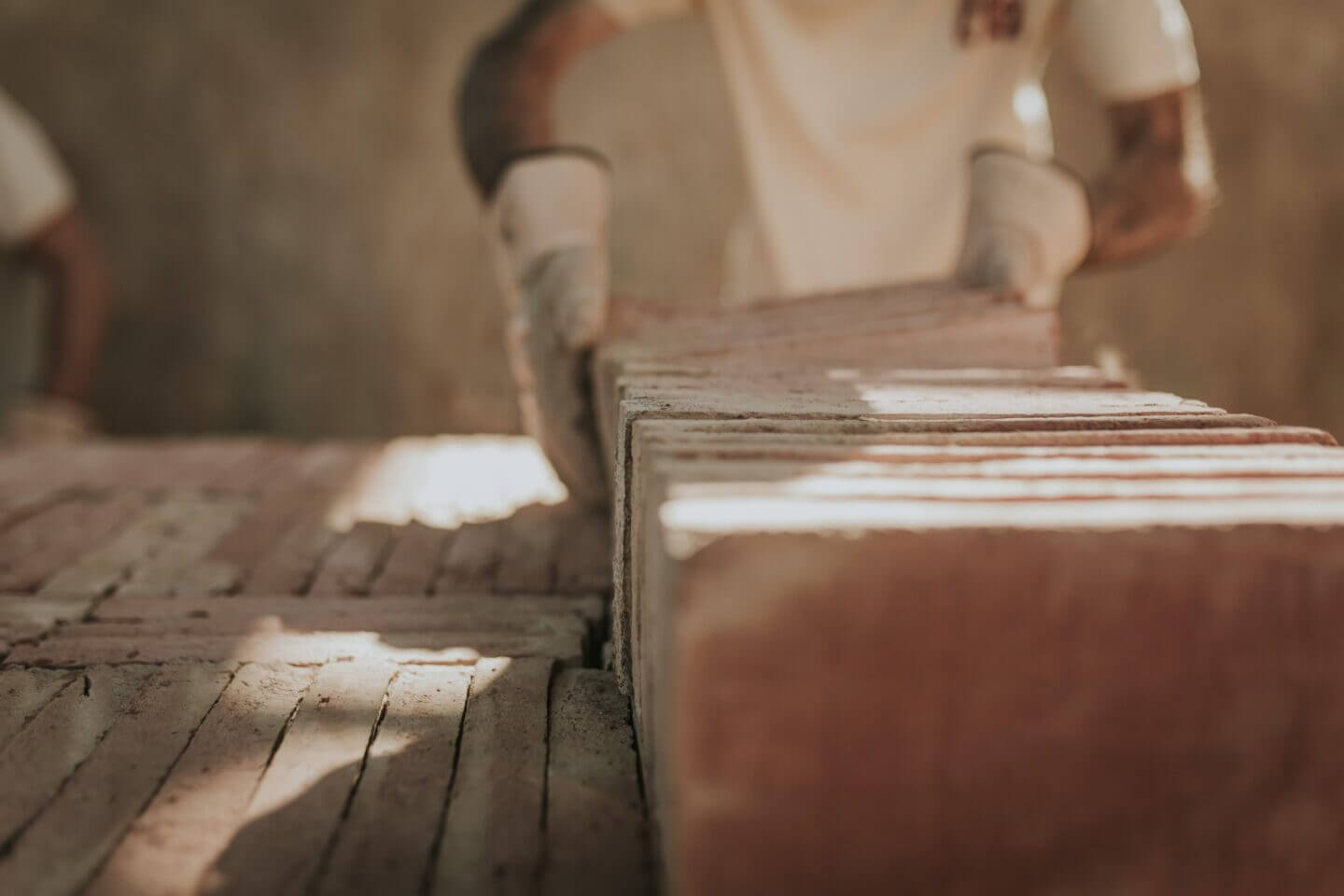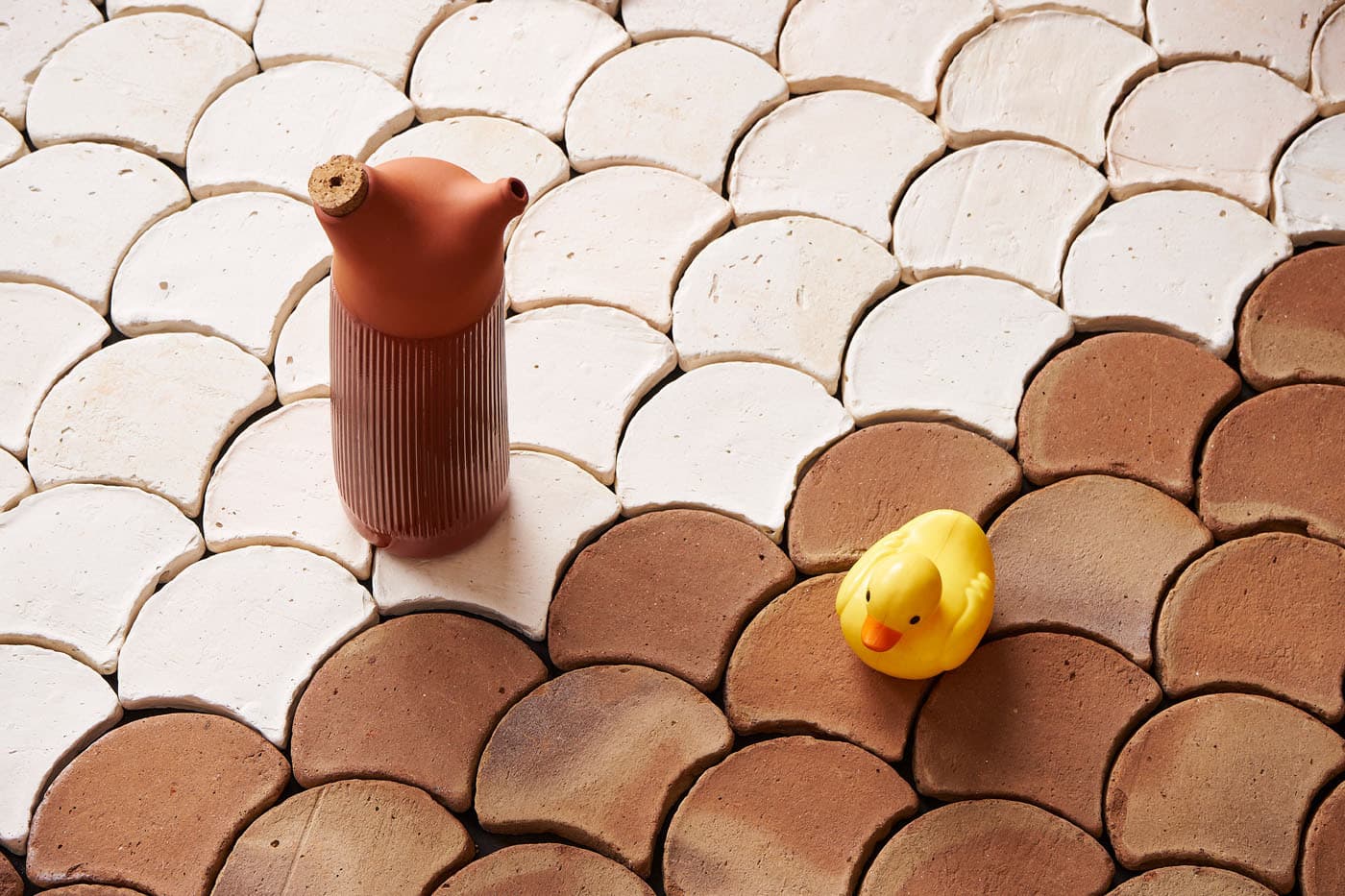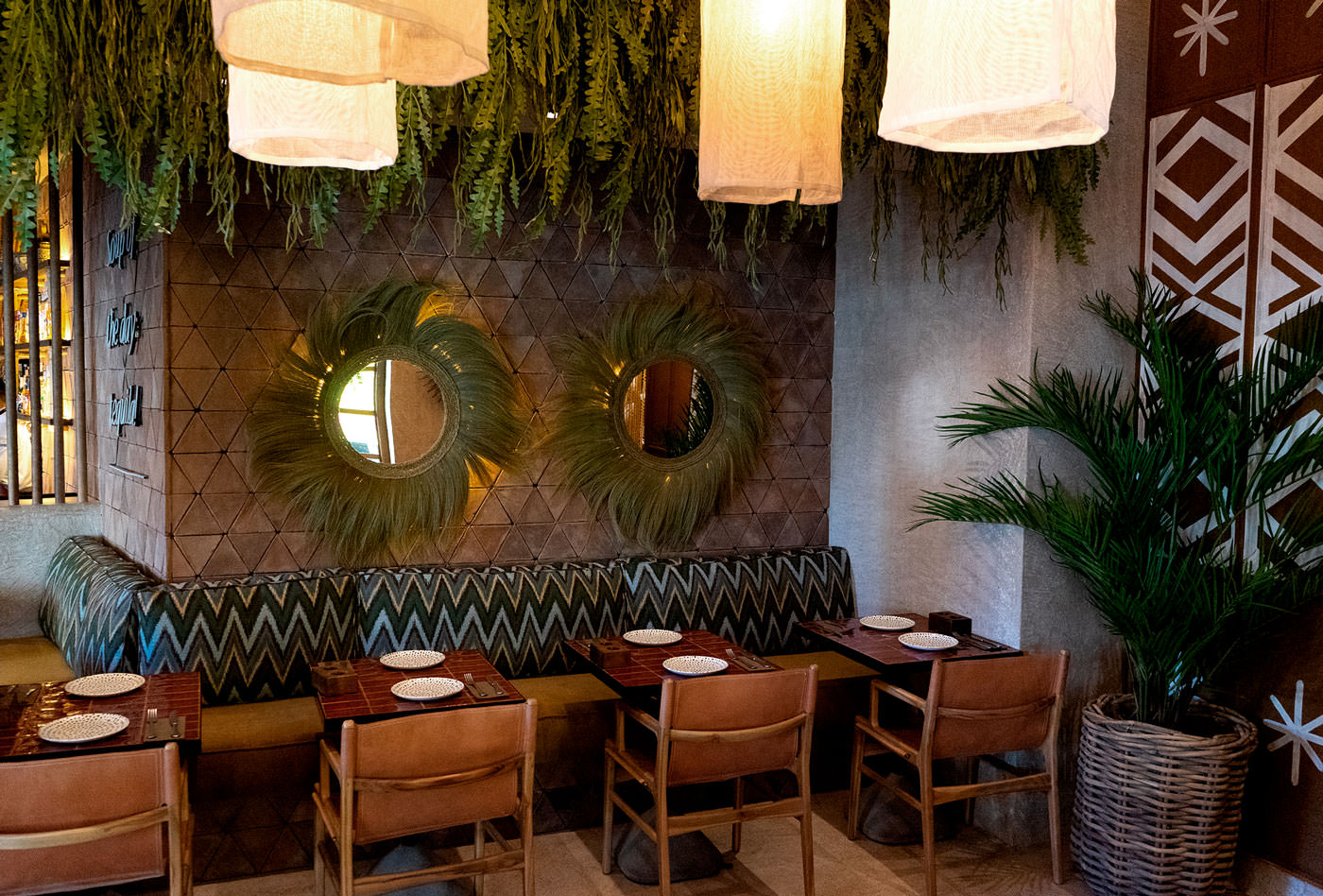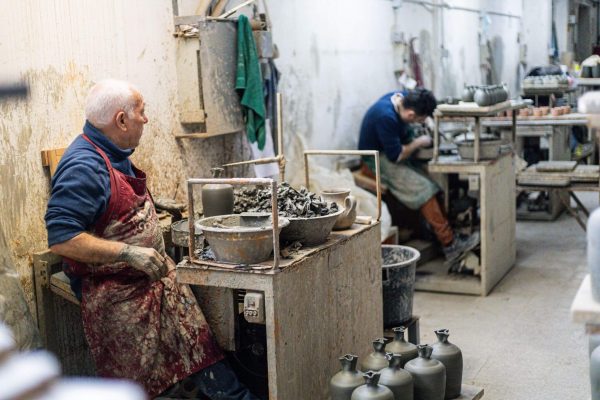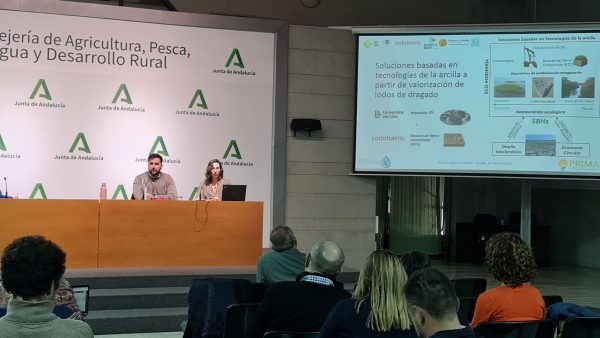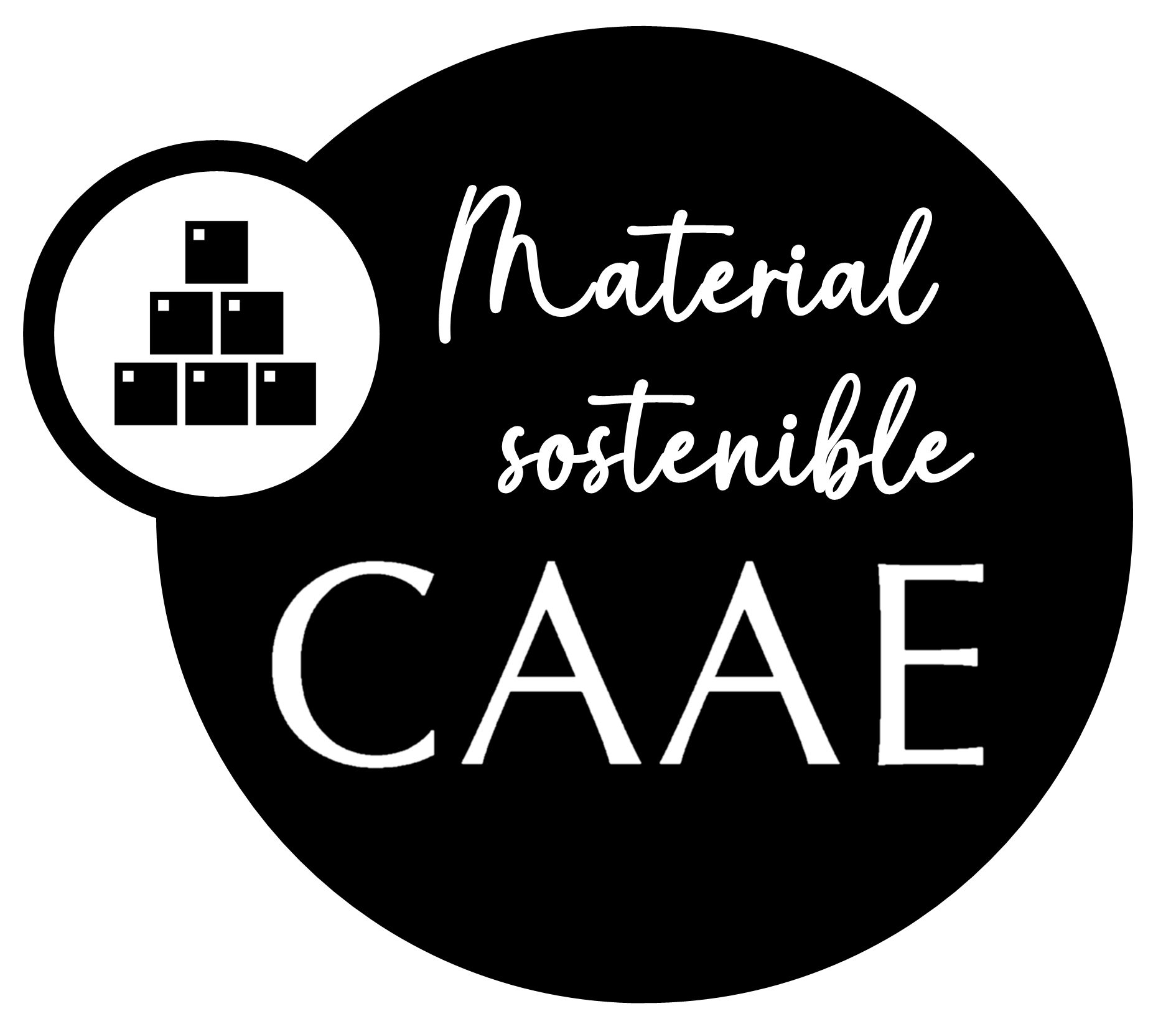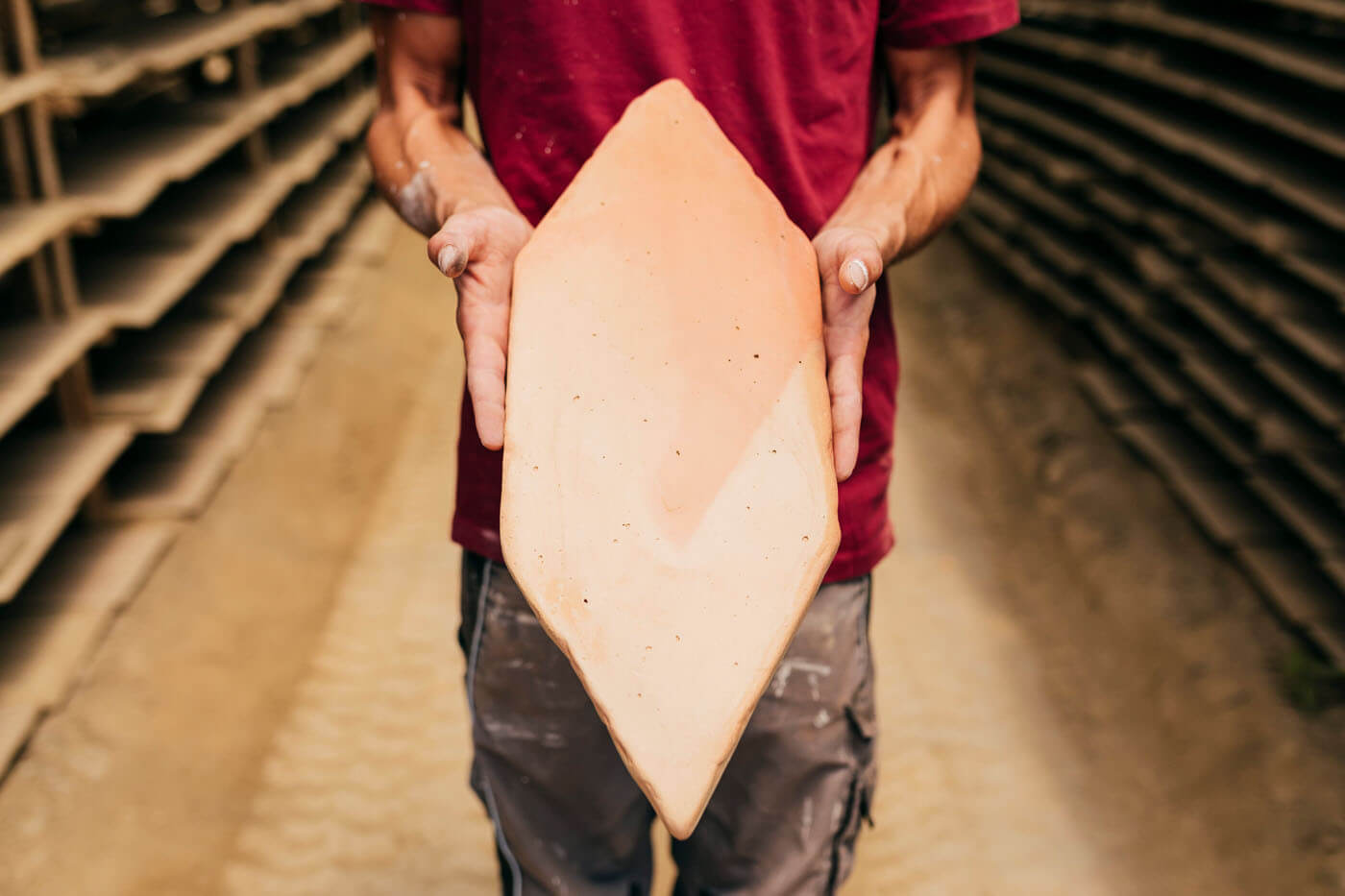
South American Pottery: syncretism, colonialism and resistance
What do we know in the Western world about clay culture in Latin America? Why is pottery something that reminds us of both South America and Spain?
We have been lucky enough to work on multiple occasions on projects with a Mexican soul, usually restaurants and cantinas. There is something about fired clay that brings to mind the culture of Central and South America. But what do we really know on this side of the pond about pottery in Latin America? In truth, very little. We have, generally speaking, an outrageous lack of information about the culture of our American relatives.
What unites Iberian and Hispanic American culture is a lot, and it goes both ways
Spanish culture has conquered as much ground after centuries of colonization (most countries did not achieve independence from the Spanish crown until the 19th century) as the other way around. We are related to each other again and again, (at least from the white European imaginary) through fired clay. Although, as we will see in more depth, it is not a symmetrical relationship. The Conquest of America almost completely wiped out a legacy that had been developing for millennia.
Today, there is a common heritage that makes us think of the Andalusian cortijo when we look at a Mexican colonial farmhouse, and vice versa. We find the Iberian in the terracotta bricks that cover the roofs of American houses. And we find the pre-Columbian culture in the bowls that remind us of Peruvian Awajún pottery, that could be found in practically all Spanish kitchens.
On both sides of the Big Pond, civilizations were developing with fired clay in a central place in their configuration (the Andalusian here, that of many native peoples there) before the 15th century. The course of both trajectories was forever altered by contact with the other. To this day it is difficult to imagine where Hispanic earthenware pottery would have gone without the influence of the native people of America and vice versa.
The varied foundations of pottery in Hispanic America
The roots of fired clay in Hispanic America extend back in time, long before the conquistadors arrived. We find fired clay works in practically all the cultures of the world, but some have developed entire civilizations around them, and others have fallen into disuse after the processes of industrialization.
The first thing to point out is that it is impossible to speak of American pottery as if it were a homogeneous whole, since, as it should go without saying, there are thirty-five countries on the American continent, twenty-five of which are independent, sovereign territories. Therefore, each corner of the map has a different history, characteristics and traditions. We can point out, however, that there is a general tendency in most places towards the creation of vessels and other functional or ornamental objects, rather than towards the creation of floors and clay bricks with which to pave or ornament surfaces.
Most traditions (those that have survived to the present day, at least), arise from a ritualistic-ornamental or domestic need. Depending on the area, we find different degrees of specialization in one modality or the other. Just as there are different functionalities, there are different techniques and styles. The peasant pottery of southern Chile has little to do with the urpu of Cusco or the dishes of the Tlacolula valley.
Mexican pottery: innovating tradition
The other necessary clarification is that we have fewer resources for the census and study of the types of traditions related to fired clay in Latin America. However, in many parts of the continent, traditions are kept far more alive than in Europe, because they have not been relegated to ornamentation, tourism, or historical preservation, but remain a fundamental part of local ways of life.
This is the case, for instance, of the craftswomen of Oaxaca. As Deborah Needleman chronicles in the New York Times, pottery is not only the cultural way of life for the entire village of San Marcos Tlapazola, but its primary livelihood. This is thanks, in part, to initiatives such as those of Cooperativa 1505, part of the Innovando la tradición (Innovating Tradition) collective. This motto sounds familiar to us. Perhaps it is because it’s part of the very essence of being a craftsman in the 21st century, or because to do it authentically, one must extend a hand toward the future without letting go of the past.
As the colleagues of Innovando la tradición explain, citing the book “Barro y Fuego. El arte de la Alfarería en Oaxaca” by Eric Mindling, the pottery villages were born to respond to the basic need of having pots in the homes for domestic use. With time and the evolution of agriculture, some families and later towns began to specialize. But then came the Spanish Conquest, and it is estimated that more than ninety percent of the American population succumbed to disease, hunger and extermination during the first hundred years after the first Spanish contact alone.
A tradition that stands the test of time (and colonization)
To imagine the tragic amount of cultural heritage that the world has lost after the Conquest is an impossible task. And yet, in some places, such as Oaxaca, the tradition of clay pottery persists. The production techniques are very different from ours, and yet the results are products that are just as durable. For example, in America the pieces are not usually glazed or enameled, and alternative techniques such as engobe are used. Subway ovens or open kilns are also common. And in many places, clay quarries are found directly on the site where communities graze or farm.
Perhaps in Europe the terracotta floors and walls make us think of the Mexican countryside. But how enriching it would be to dip our toes into the history and traditions of our Mesoamerican relatives from time to time? We would realize that what two cultures can do with a little water, mud and sand is as similar as it is radically different.
